THE HEDGEROW APOTHECARY
Copyright Christine Iverson, 2019
All rights reserved.
No part of this book may be reproduced by any means, nor transmitted, nor translated into a machine language, without the written permission of the publishers.
Christine Iverson has asserted her right to be identified as the author of this work in accordance with sections 77 and 78 of the Copyright, Designs and Patents Act 1988.
Condition of Sale
This book is sold subject to the condition that it shall not, by way of trade or otherwise, be lent, resold, hired out or otherwise circulated in any form of binding or cover other than that in which it is published and without a similar condition including this condition being imposed on the subsequent purchaser.
An Hachette UK Company
www.hachette.co.uk
Summersdale Publishers Ltd
Part of Octopus Publishing Group Limited
Carmelite House
50 Victoria Embankment
LONDON
EC4Y 0DZ
UK
www.summersdale.com
eISBN: 978-1-78783-475-0
Substantial discounts on bulk quantities of Summersdale books are available to corporations, professional associations and other organizations. For details contact general enquiries: telephone: +44 (0) 1243 771107 or email: .
For my wonderful family and friends. Blessed to have your love, support and encouragement.
ABOUT THE AUTHOR
When I go foraging in the hedgerows I feel I am following in the footsteps of our ancestors.
Christine Iverson discovered a love of all things hedgerow after moving to a Sussex downland village in 2001. This fascination led Christine to volunteer as an apothecary at the Weald and Downland Living Museum where she taught schoolchildren about medieval and Tudor medicine. Keen to learn more, she became a regular contributor to her local parish magazine, sharing the folklore and superstitions of hedgerow plants with her local community.
Christine runs regular folklore and foraging workshops at Tuppenny Barn Organics near Chichester, West Sussex, and gives talks to local Womens Institute groups and horticultural societies.
INTRODUCTION
For centuries our ancestors have looked to nature not just for food, but also for healing. Every medieval village would have resident cunning folk who would know where to find just the right plant to be turned into a cure for almost anything. As their patients were often poor, they would engage in bartering so that payment might be in eggs or cheese instead of money.
Apothecaries on the other hand were medically trained physicians, who charged a monetary fee for their services. The medieval apothecaries were the predecessors of our modern general practitioners (GPs), often having their own premises in richer towns and cities. An apothecary would give medical advice, and prepare and sell medicines, as well as other products such as wine, herbs and spices. Perhaps the most famous English apothecary was Nicholas Culpeper who upset his colleagues by writing The English Physician in the English language instead of the more usual Latin. Culpeper wanted his teachings of medical and pharmaceutical knowledge to be available to everyone.
In a world where medicines and food are available 24 hours a day, 365 days a year from supermarkets, why would you bother to spend your time and energy foraging in the hedgerows? So much of our ancient country knowledge has been lost and I feel passionately that we need to preserve the old ways, and pass them on to the next generation, before they are lost forever. I have noticed a huge resurgence in interest in country ways as people seek a simpler way of life and take more notice of the seasonality and provenance of their food.
Ive always loved to make jams and preserves from the fruit given to me by kindly neighbours. Then, in 2001, I moved to a small downland village in Sussex and soon began to notice the fruit all over the hedgerows just begging to be picked. At this point, my foraging knowledge was very limited, but the idea of food for free was just too tempting. I bought a very simple field guide, donned my boots and cautiously began my journey. Beginning with elderberries, I discovered that these plump, black berries could be transformed into a remedy for coughs and sore throats. This proved to be so popular with family, friends and locals in my village that I was soon getting requests to make it every winter. At this time, I was volunteering at The Weald and Downland Living Museum as a Tudor apothecary, running workshops for schoolchildren. This amazing place fired up my imagination and made me want to learn not only about the healing properties of plants, but also the history and fascinating folklore attached to them.

Time spent among nature is never wasted time; studies have shown that our mental health benefits greatly from just being in woodland. Our ancient hedgerows are being routinely ripped out by housing developers with devastating effects on wildlife corridors and native species; being aware of hedgerows in your locality can help you to protect them. Every walk can be seen as an opportunity to learn, identify a new plant, gather something to eat and, most importantly, reconnect both yourself and your children with nature.
Dont be afraid to forage: begin with something easily identifiable, such as blackberries, to make into vinegar or jam. With the help of this book, youll soon feel confident to move onto something a little less familiar and the more you look, the more you will find.
It is vital that you take personal responsibility for your safety when foraging. Many plants should not be used during pregnancy, on young children or babies, or on people with certain medical conditions. Consult your GP if you have any doubts.


FORAGING TOOLKIT
 A good pocket-sized field guide with clear pictures is essential. If you are not 100 per cent certain that you can correctly identify a plant, DO NOT PICK IT!
A good pocket-sized field guide with clear pictures is essential. If you are not 100 per cent certain that you can correctly identify a plant, DO NOT PICK IT!
 Clothing: you will inevitably encounter nettles and brambles, so long trousers, long sleeves, gardening gloves and sturdy boots are recommended.
Clothing: you will inevitably encounter nettles and brambles, so long trousers, long sleeves, gardening gloves and sturdy boots are recommended.
 Secateurs or scissors are useful and cause less damage to the plants. I wouldnt advise carrying a knife for safetys sake.
Secateurs or scissors are useful and cause less damage to the plants. I wouldnt advise carrying a knife for safetys sake.
 Baskets are best to transport soft fruit, keeping it in the best condition. And I always like to carry extra bags for those unexpected finds.
Baskets are best to transport soft fruit, keeping it in the best condition. And I always like to carry extra bags for those unexpected finds.
 Hooky stick: My own invention a long piece of garden cane with a large hook screwed into the end. This will gently pull the higher branches down to you, because the best fruits are always just out of reach! A walking cane will work just as well.
Hooky stick: My own invention a long piece of garden cane with a large hook screwed into the end. This will gently pull the higher branches down to you, because the best fruits are always just out of reach! A walking cane will work just as well.

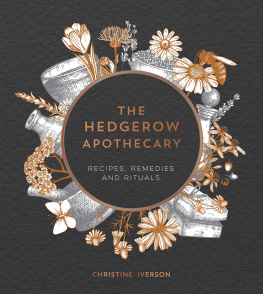

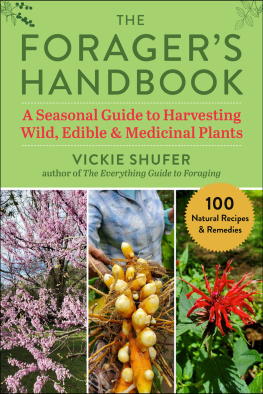

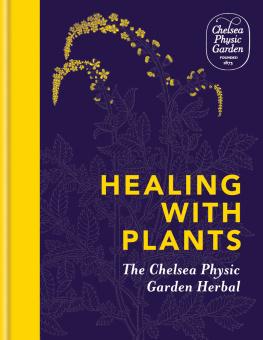
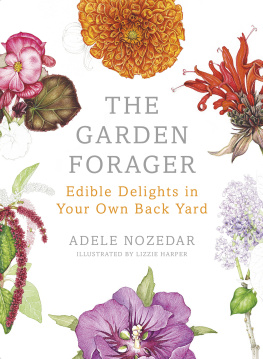

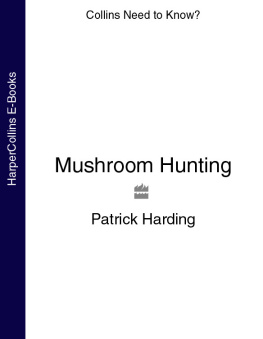
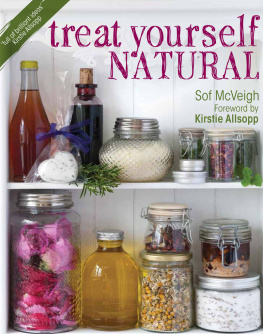





 A good pocket-sized field guide with clear pictures is essential. If you are not 100 per cent certain that you can correctly identify a plant, DO NOT PICK IT!
A good pocket-sized field guide with clear pictures is essential. If you are not 100 per cent certain that you can correctly identify a plant, DO NOT PICK IT!